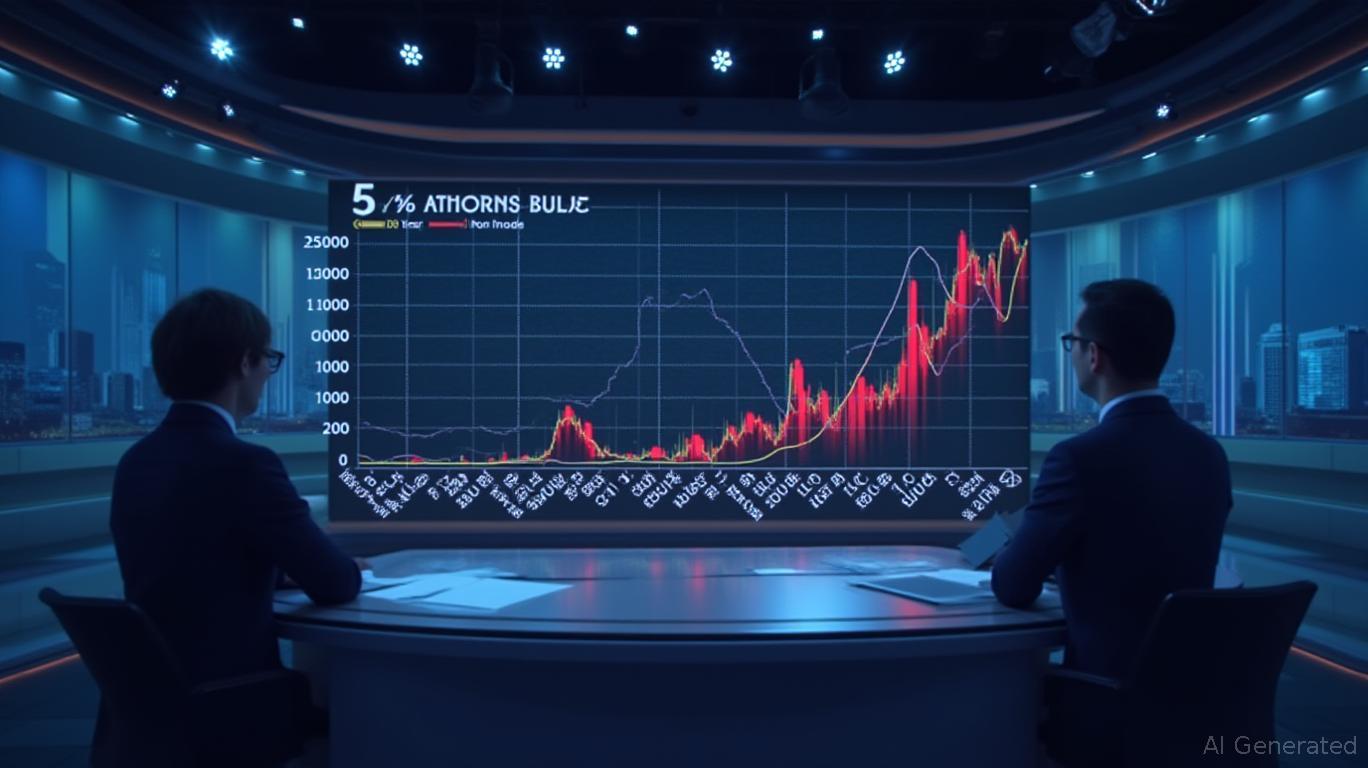Hindustan Unilever Navigates Challenges with Strategic Focus Amid Modest Growth
Hindustan unilever Limited (HUL), India’s leading fast-moving consumer goods (FMCG) player, reported a modest 2% underlying volume growth for the fourth quarter of fiscal year 2024 (Q4 FY2024), underscoring the sector’s ongoing struggles with urban demand slowdowns and competitive pressures. While the numbers reflect resilience in a challenging environment, they also highlight the critical need for HUL to balance innovation, cost discipline, and market expansion to sustain long-term growth.

Financials and Sector Dynamics
HUL’s Q4 FY2024 revenue reached ₹15,013 crore, with net profit of ₹2,558 crore. However, underlying growth was constrained by a combination of factors:
- Urban Consumption Slump: Weak demand in urban areas, where price-sensitive consumers have shifted toward private-label products, dragged on volume growth.
- Input Cost Pressures: Rising raw material costs for commodities like palm oil and tea continued to squeeze gross margins, though Ebitda margins held steady at ₹3,435 crore due to cost-cutting measures.
- Competitive Pricing Wars: Rivals’ aggressive discounting in categories such as detergents and soaps forced HUL to prioritize premium innovations over volume retention.
The reflects these challenges, with shares hovering around 1,800 INR—a 5% dip from their 2024 highs—amid broader FMCG sector underperformance.
Strategic Adjustments and Growth Drivers
To counter these headwinds, HUL is recalibrating its strategy with three key priorities:
1. Portfolio Simplification: Focusing on high-margin, premium brands like Persil’s Wonder Wash (targeting eco-conscious consumers) and Hellmann’s (driving growth in sauces and dressings). Management has streamlined its Foods portfolio, with Power Brands now accounting for 60% of turnover.
2. Cost Discipline: Reducing advertising spend and operational costs to protect Ebitda margins. Analysts estimate this could offset 2-3% of the margin pressure from input costs.
3. Rural and International Expansion: Capitalizing on improving rural demand through price-competitive SKUs and expanding premium brands into markets like China and Southeast Asia. For instance, Liquid I.V. (a hydration brand) entered seven new markets in 2024, while Olly (a wellness brand) grew in China.
Sector Risks and Opportunities
The FMCG sector remains fraught with risks:
- Urban Demand Recovery: Analysts at JM Financial note that urban consumption could rebound in 2025 if tax reforms and fiscal stimulus boost disposable incomes.
- Input Cost Volatility: Commodity prices—particularly palm oil—could rise further if geopolitical tensions persist, squeezing margins anew.
- Competitive Landscape: Private-label products and regional competitors are eroding HUL’s market share in low-end categories, necessitating relentless innovation.
On the flip side, HUL’s premium innovations and rural focus are yielding results. For example, Domestos and Cif (disinfectants) grew double digits in Q4 due to format innovations like power foam sprays, while prestige beauty brands like Hourglass and Tatcha saw strong international adoption.
Conclusion
Hindustan Unilever’s Q4 FY2024 results reveal a company navigating a complex environment with a mix of caution and ambition. The 2% volume growth, while modest, is achievable given the sector’s challenges, and management’s focus on premiumization and cost discipline provides a credible path to margin stability.
However, sustained success hinges on three critical factors:
1. Urban Demand Revival: A 3-4% uptick in urban consumption could add ~₹500 crore to annual revenue.
2. Input Cost Management: Controlling commodity exposure through hedging and supplier partnerships will be vital to preserving margins.
3. Global Expansion: Capturing 10-15% market share in key international markets could offset domestic headwinds, as seen with brands like Liquid I.V.
Investors should monitor and the trajectory of urban FMCG sales. While near-term returns may be muted, HUL’s strategic realignment positions it to capitalize on India’s long-term consumption boom—if it can execute flawlessly.
In an industry where resilience is rewarded, HUL’s ability to balance premium growth with cost control could make it a standout player in a post-pandemic economy. The road ahead is bumpy, but the destination remains promising.










